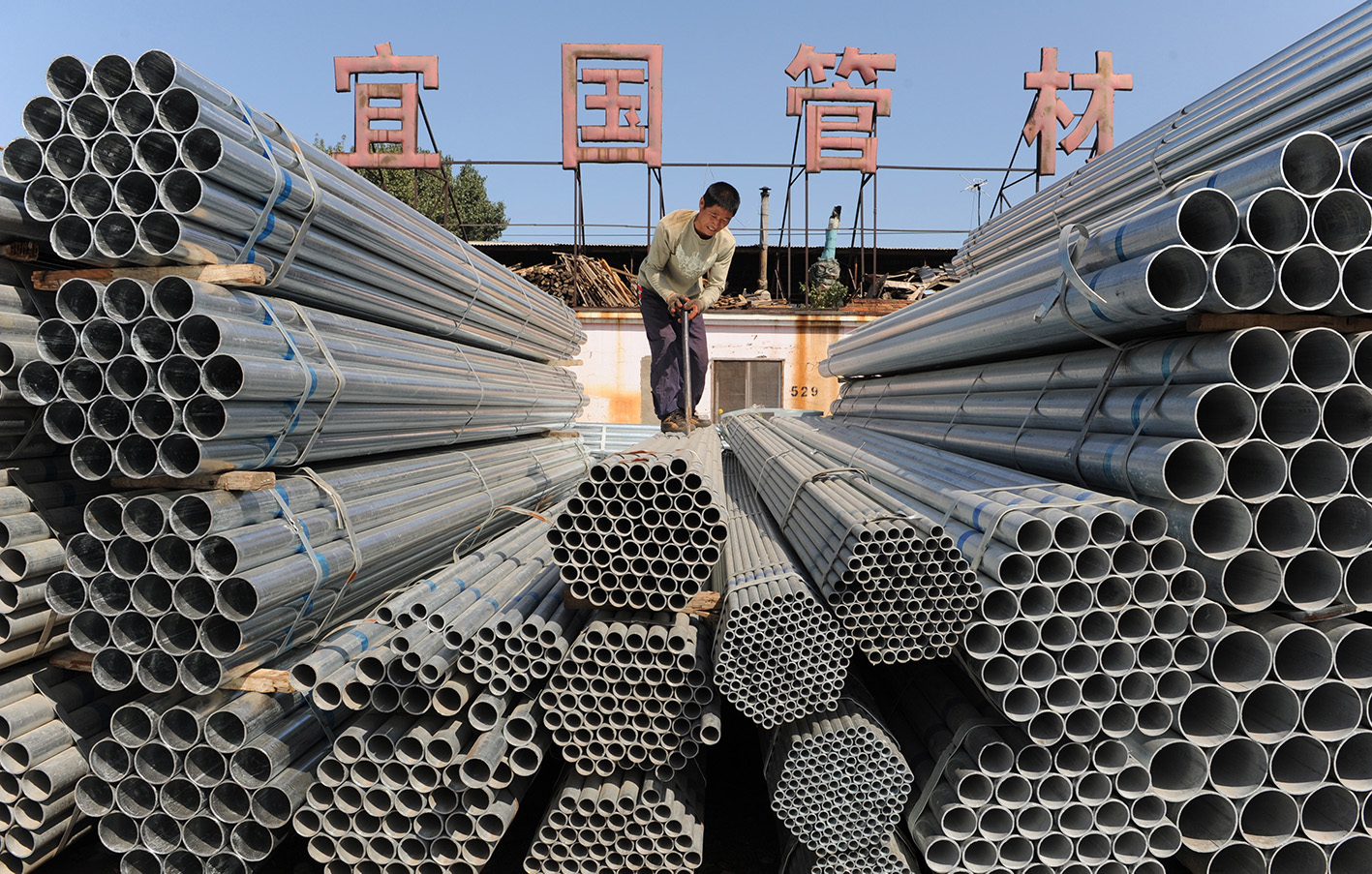China should step up macro controls, keep to a prudent monetary policy and optimize policy to ensure stable liquidity, said a commentary in Financial News, a news outlet under China’s central bank.
Echoing the economic priorities mapped out during the Central Economic Work Conference, the article stressed the need for a prudent and neutral monetary policy to create an amicable financial environment for supply-side structural reform, Xinhua reported.
In the face of uncertainty, China’s monetary policy must take into account various needs which calls for smoother policy transmission, the commentary noted.
While ensuring proper growth in credit and investment, policymakers need to keep prices stable and manage inflation expectations.
New macro-control tools and fine-tuning are needed, with more targeted measures to address structural imbalance, the article said, ruling out any “strong stimulus.”
Market-oriented reform should proceed in the financial sector, the commentary said.
In 2016, instead of cutting interest rates, other tools such as the medium-term lending facility were used to offset capital outflow and expand the balance sheet to manage liquidity.
In the tone-setting Central Economic Work Conference earlier this month, China pledged to keep monetary policy “prudent and neutral” in 2017, and stressed the need to ensure stable liquidity, pointing to the new changes in the use of money supply tools.
On Friday, China’s President Xi Jinping told a meeting of the Communist Party’s financial and economic leading group that the country may forego its 6.5% economic growth objective due to concerns about rising debt and an uncertain outlook for Asia’s largest economy.
According to Bloomberg, which cites comments from an unnamed source because the discussions were private, Xi is open to accepting a GDP growth rate of less than 6.5% if aiming for this target creates too much risk. At the convention, leaders agreed that the country’s growth would remain stable although slower than recent levels as long as employment remains steady.
Even though many Wall Street analysts were expecting China’s economic growth to slow in the years ahead, policymakers’ acknowledgment that this will indeed be the case comes as a surprise. Only last year the Chinese government pledged an annual growth rate of at least 6.5% per annum for five years through 2020.
This change in heart could signal the beginning of the country’s desire to finally get a handle on China’s rising debt levels, which are some of the highest in the world.


